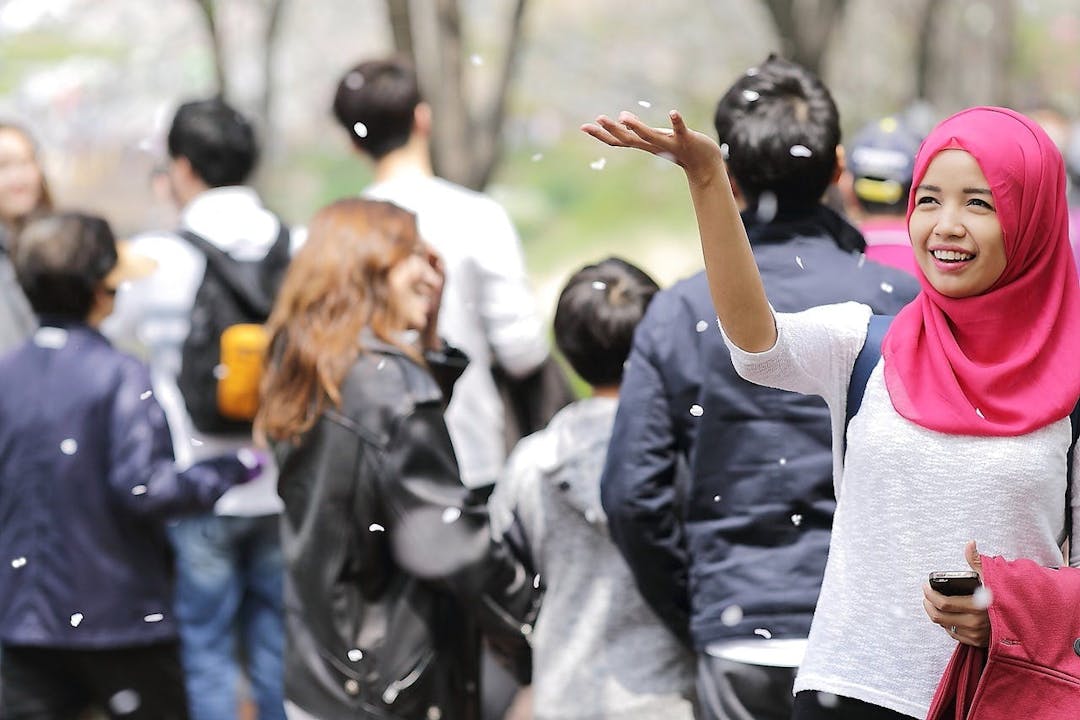Can We Design An Environment That Facilitates Honesty?
I’m writing this from the Environmental Neuroscience Laboratory at the University of Chicago. Here, we study how the physical environment affects affective and cognitive processes, as well as complex human behaviors. Our overarching goal is to quantify the relationships between the physical environment and these psychological phenomena. In this piece, I’ll write about one of the main streams of research I have been working on that has implications for the design of salubrious and cooperative environments (Kotabe, Kardan, & Berman, 2016).
Can we design an environment that causes people to behave more honestly?
First, we are working on a project to quantify the perception of ‘disorder’ in an environment, and furthermore, its effect on a complex human behavior—rule-breaking. Rule-breaking is particularly of interest here because there is an extraordinarily influential social science theory called “broken windows theory” (Wilson & Kelling, 1982) which posits that disorderly environments give rise to disorderly (rule-breaking) behaviors.
This was demonstrated in a series of field experiments reported in the journal Science (Keizer, Lindenberg, & Steg, 2008). Explanations for this theory all have one thing in common—they assume that these effects occur because people in disorderly environments are engaging in some complex social reasoning about, for example, the presence of police, the behavioral norms in the neighborhood, or the prevalence of poverty (social disorder).
Behavioral Science, Democratized
We make 35,000 decisions each day, often in environments that aren’t conducive to making sound choices.
At TDL, we work with organizations in the public and private sectors—from new startups, to governments, to established players like the Gates Foundation—to debias decision-making and create better outcomes for everyone.
Visual disorder and the broken window phenomena
Recent research on visual perception suggested to us that it may be possible that visual disorder could also play a role in broken windows phenomena. We define “visual disorder” as the perception of disorder that can be attributed to basic visual features of a scene such as simple spatial features (e.g., straight lines, symmetry) and simple color features (e.g., hue, saturation, brightness).
In a series of experiments, we carefully examined people’s disorder ratings for hundreds of images of environmental scenes as well as stimuli derived from these scenes that were stripped of scene-level semantics. Through these experiments, we were able to start quantifying visual disorder, and thus we were able to carefully manipulate visual disorder in a second set of experiments in which we tested whether exposure to visual disorder alone, absent of scene-level social cues (see Figure 1), would encourage dishonest behavior.

Figure 1.(a) One of the visually ordered stimuli and (b) one of the visually disordered stimuli used to manipulate visual disorder in the cheating experiments.
In these experiments, we had participants first do a challenging math test. We incentivized performance by telling them that they would be paid for every answer they got right. After the test, they were randomly assigned to be exposed to either visually disordered or visually ordered stimuli for five minutes. Immediately after exposure, they proceeded to the next part of the study in which they were asked to grade themselves on the math test, knowing that they could make extra money for every answer they say they got right … even if they didn’t really get it right.
The results confirmed our hypothesis. Those exposed to visual disorder for just five minutes were, relative to those exposed to visual order, up to 35% more likely to cheat than those exposed to visual order, and the amount they cheated by was up to 87% larger. Even we were skeptical of such robust effects, so we conducted a replication experiment in which we used an even more conservative procedure, and the general pattern of results was the same.
The practical relevance of visual disorder research
The results of this study and our ongoing research have practical implications. What if we start to seriously consider basic visual disorder cues when we design office and school environments? If we could reduce cheating behavior even by just a little, the societal effects could be dramatic. For example, imagine if the amount by which people underreported their taxes decreased by just 1%—billions of dollars would be saved.
Of course, there is a lot of work left to do. We have established an effect of one kind of visual disorder stimuli on cheating behavior in one task. Whether such effects generalize to other categories of stimuli and other activities in which one can break rules are open questions. The theoretical mechanisms we posit would suggest that effects of various visually disordered stimuli would generalize to various rule-breaking behaviors.
The AI Governance Challenge
For example, research on visual perception suggests that processing visually disordered stimuli is more cognitively taxing than processing visually ordered stimuli. Cognitive fatigue is known to have effects across a wide variety of behavioral domains. Furthermore, visual disorder cues may carry semantic information related to linguistic metaphors such as in “he’s bending the rules” and “she’s following the straight path”.
Such metaphors may indicate that the concept of ‘disorder’ is intimately linked to spatial thinking, which could tie perceive disorder to a wide range of complex behaviors. Our future work, and hopefully the work of others inspired by our research, will start to shed light on such inquiries into the order of disorder.
References
Keizer, K., Lindenberg, S., & Steg, L. (2008). The spreading of disorder. Science, 322, 1681–1685.
Kotabe, H.P., Kardan, O., & Berman, M.G. (2016, October 13). The Order of Disorder: Deconstructing Visual Disorder and Its Effect of Rule-Breaking. Journal of Experimental Psychology: General. Advance online publication.
Wilson, J. Q., & Kelling, G. L. (1982). Broken windows. Atlantic Monthly, 249, 29–38.
About the Author
Hiroki P. Kotabe
Hiroki is a postdoctoral scholar in the Environmental Neuroscience Laboratory (enl.uchicago.edu) at the University of Chicago. He received his Ph.D. from the University of Chicago, and is interested in how the physical and social environments affect a person's emotion, cognition, and behavior. More info and his publications can be found at his personal site: home.uchicago.edu/~hkotabe




